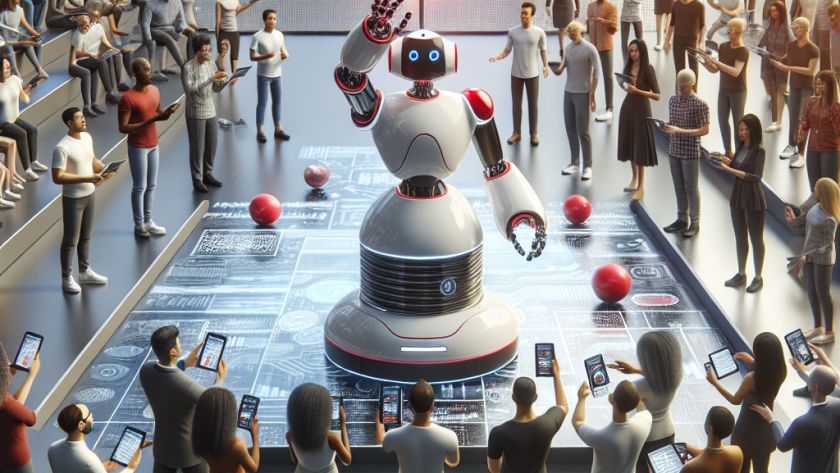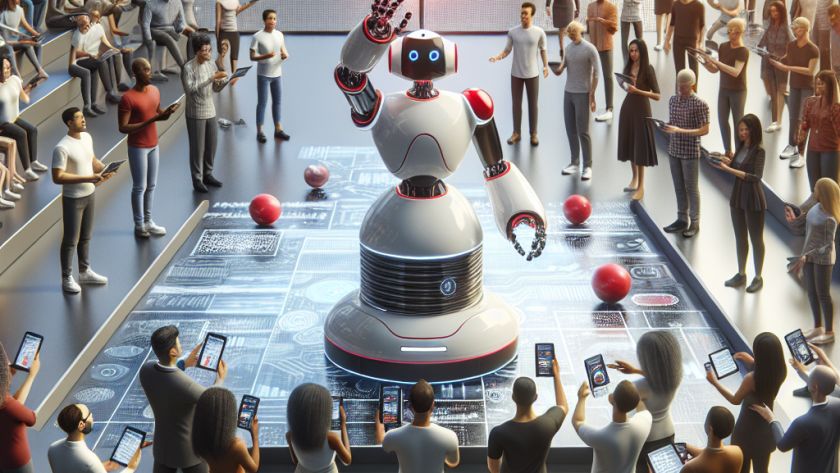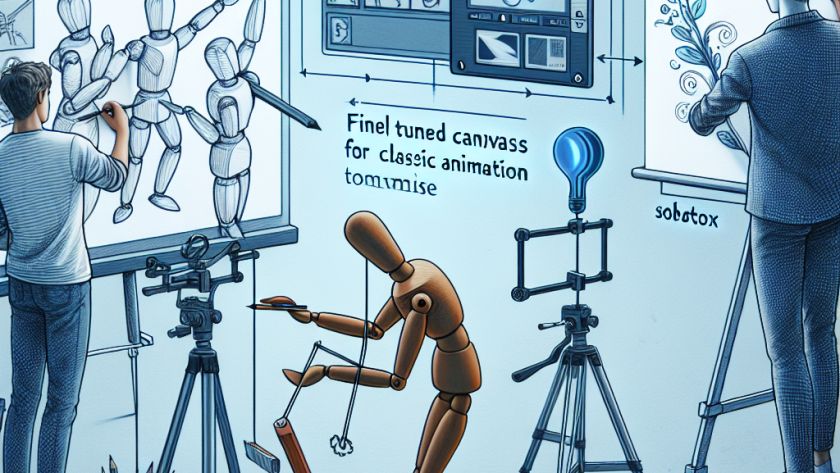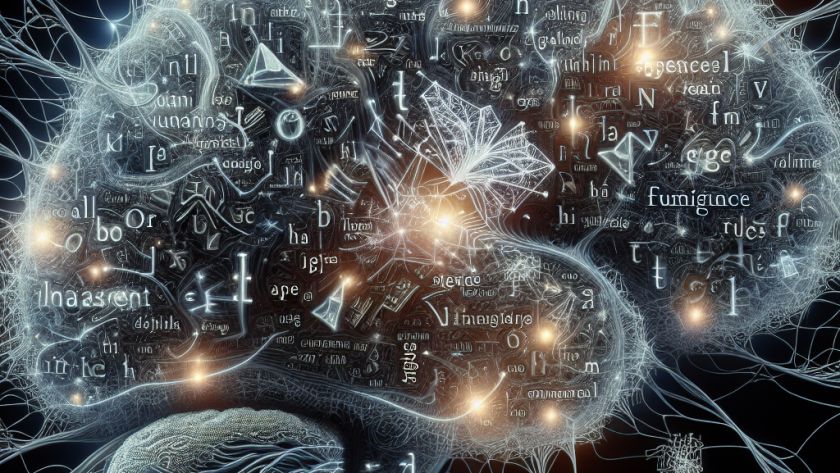Researchers from MIT, Harvard, and the University of Washington have developed a new method for training AI agents using reinforcement learning. Their approach replaces a process often involving a time-consuming design of a reward function by a human expert with feedback crowdsourced from non-expert users.
Traditionally, AI reinforcement learning has used a reward function, designed by…










